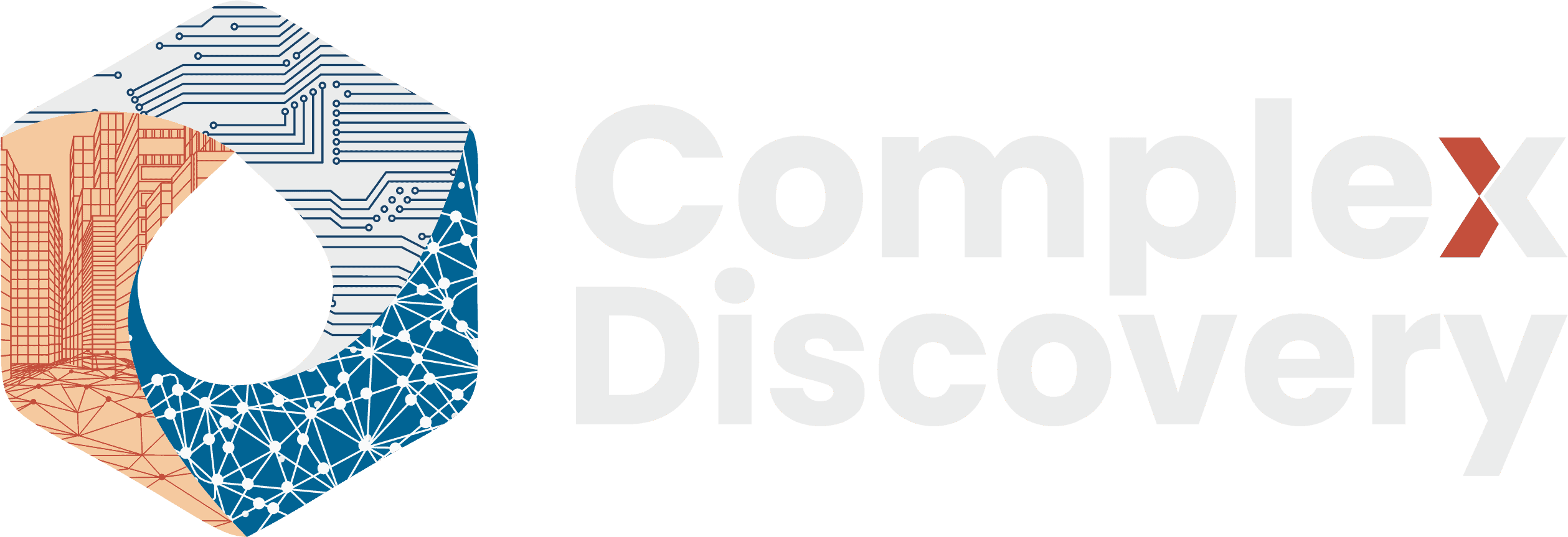Editor’s Note: The one-year milestone of the Legal Data Intelligence initiative marks a meaningful step in the evolution of legal operations and information governance. As legal teams continue to face growing volumes of complex data, the LDI model offers a structured and practical approach to managing risk, improving collaboration, and aligning legal work with broader organizational goals. This article outlines the latest developments in the LDI framework, including new use cases and professional resources, and highlights how practitioners can begin to integrate these tools into their daily workflows. For legal professionals focused on modernizing their function, this is a timely update worth close attention.
Content Assessment: One Year In, LDI Redefines Legal Strategy with Data-Centric Workflows
Information - 93%
Insight - 92%
Relevance - 94%
Objectivity - 94%
Authority - 95%
94%
Excellent
A short percentage-based assessment of the qualitative benefit expressed as a percentage of positive reception of the recent article from ComplexDiscovery OÜ titled, "One Year In, LDI Redefines Legal Strategy with Data-Centric Workflows."
Industry News – eDiscovery Beat
One Year In, LDI Redefines Legal Strategy with Data-Centric Workflows
ComplexDiscovery Staff
Legal Data Intelligence is no longer just a concept—it’s a movement transforming how legal teams work with data. One year into its development, the Legal Data Intelligence (LDI) initiative has transitioned from a pioneering framework into an operational mainstay, reshaping how legal professionals interact with data in corporate, compliance, and investigative contexts. Since its launch in May 2024, LDI has attracted a vibrant and growing community of legal professionals seeking more structured, data-informed approaches to legal challenges.
The foundation of the LDI model was built on the concept of uniting people, process, and technology to address legal data complexities. Initially launched with twelve structured use cases across core domains, including disputes and investigations, corporate matters, data protection compliance, and the business of law, the model offered not only a framework but a new vocabulary—one that gave practitioners clarity and shared language in navigating data-centric legal environments.
On its first anniversary, the initiative has introduced five new use cases that further expand the framework’s reach. These additions include scenarios involving mergers, acquisitions, and divestitures, data disposition, cybersecurity compliance and governance, data loss prevention, and source code protection. Each of these use cases speaks to an increasingly critical intersection between legal duties and information strategy.
The mergers, acquisitions, and divestitures use case addresses the pressures legal teams face in executing high-stakes transactions. These events often involve immense volumes of unstructured data, complex contractual elements, and heightened regulatory scrutiny. The LDI model offers a practical workflow for these scenarios, helping legal professionals surface essential documents and clauses quickly while maintaining defensibility and compliance. This guidance transforms legal practitioners into strategic contributors who not only support but actively drive the success of corporate deals.
In the realm of data disposition, the LDI model brings forward a structured perspective that goes beyond static records management. By defining actionable steps and mapping stakeholder responsibilities, the updated model offers a practical guide for legal professionals looking to mitigate regulatory risks associated with over-retention or mishandling of sensitive data. This approach promotes cross-functional collaboration and encourages legal teams to take a proactive role in organizational data hygiene.
For cybersecurity compliance and governance, the model avoids deep technical instruction in favor of practical, answer-oriented documentation. Legal professionals often need to respond to inquiries from auditors and regulators about their organizations’ cybersecurity measures. The LDI framework provides a roadmap for addressing these questions using existing documentation, allowing teams to focus on alignment and consistency rather than rebuilding from scratch.
Data loss prevention has also been given a robust treatment. In an era when information breaches can originate from both cyber intrusions and internal departures, safeguarding sensitive data is no longer optional. The LDI model outlines a strategy that recognizes the interplay between legal, operational, and IT responsibilities. By integrating governance and policy considerations with security operations, legal professionals are empowered to contribute meaningfully to enterprise resilience.
Similarly, the addition of a use case for source code protection reflects growing concerns around intellectual property in the digital age. This new workflow leans on investigative methodologies familiar to professionals working in eDiscovery or litigation support, offering a practical bridge for those with experience in data review to apply their skills to source code analysis.
Beyond these new additions, several foundational workflows have been refined to reflect real-world feedback and evolving regulatory environments. The updated workflows in areas such as litigation and dispute resolution, regulatory requests, third-party subpoenas, and internal investigations now better align with global legal standards. Meanwhile, the transformation of the invoice review use case into a broader outside counsel value management framework illustrates the model’s growing maturity. By extending the focus from spend control to performance analysis, legal departments are encouraged to treat their outside counsel relationships as data-informed partnerships rather than cost centers.
To support these expanded workflows, the 2025 cohort of LDI Architects—comprising experts from corporate legal teams, law firms, and service providers—has produced new resources. A comprehensive mergers and acquisitions toolkit serves as a companion to the new workflow, offering operational, legal, and financial risk insights in a concise and accessible format. Additionally, a collaborative article explores how Legal Data Intelligence professionals can act as communication bridges in the disputes space, translating between eDiscovery vendors and legal teams. A white paper delving into the application of the LDI model to governmental investigations provides timely strategies as regulatory activity intensifies.
Perhaps most striking is how the LDI initiative has catalyzed new professional roles. From Heuristica appointing the first-ever Chief Legal Data Intelligence Officer to Walgreens creating a dedicated LDI Analyst role, the model is finding tangible expression in organizational structures. These positions reflect a broader recognition that data-literate legal professionals are no longer support staff—they are becoming essential to strategic decision-making.
The LDI model’s ongoing evolution owes much to its grassroots nature. Thirty-three volunteer LDI Architects are driving the initiative forward by continuously refining content and championing its principles across industries. Their commitment ensures that the model remains aligned with the lived experience of legal professionals, rather than becoming a static framework.
Looking ahead, the Legal Data Intelligence initiative appears poised to grow in both scope and influence. It offers a shared language, a defensible methodology, and a set of practical tools designed to help legal professionals reclaim their relevance in an era defined by data. It’s not just about automating legal work—it’s about transforming the legal function into a strategic engine for organizational value.
The LDI community invites ongoing dialogue, collaboration, and experimentation. Legal professionals can follow developments through the initiative’s official website or connect directly via email at info@legaldataintelligence.org. One year in, it’s clear: Legal Data Intelligence has entered the legal mainstream, bringing with it new workflows, roles, and a forward-looking approach to managing legal data in a complex world.
News Sources
- LDI Turns One: New Model Workflows, Resources, and Thought Leadership to Empower Legal Professionals – Legal Data Intelligence
- Resources – Legal Data Intelligence
- Model – Legal Data Intelligence
- About – Legal Data Intelligence
Assisted by GAI and LLM Technologies
Additional Reading
- Legal Data Intelligence: Leading the Charge in Data-Driven Legal Transformation
- The LDI Architects Program – Legal Data Intelligence
Source: ComplexDiscovery OÜ


























